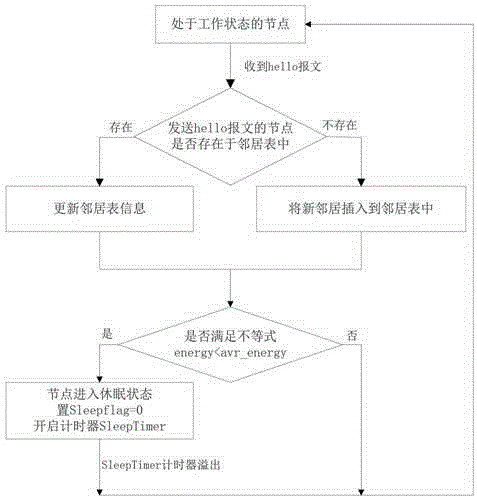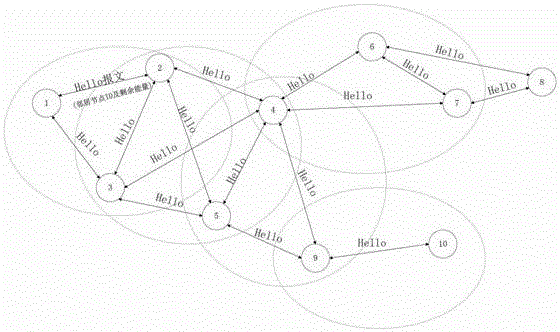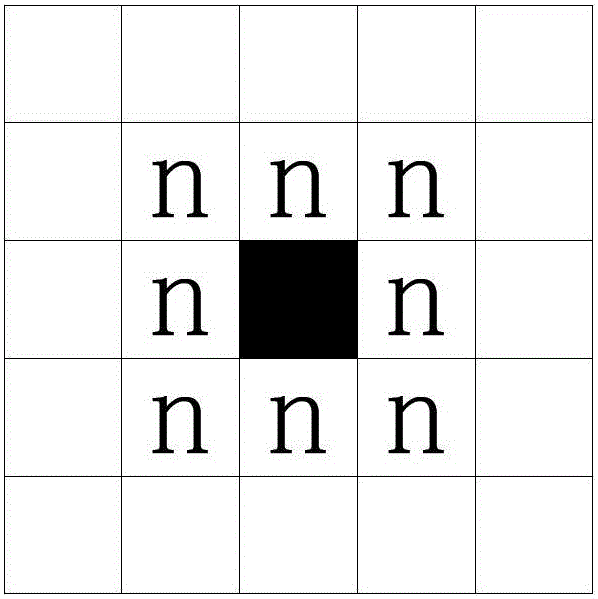Energy-efficient Routing Method for Wireless Sensor Networks Based on Irregular Cellular Automata
A technology of wireless sensor network and cellular automata, which is applied in the field of communication network, can solve the problem of not having a single neighbor, and achieve the effects of balanced energy consumption, improved energy balance, and flexible node distribution
- Summary
- Abstract
- Description
- Claims
- Application Information
AI Technical Summary
Problems solved by technology
Method used
Image
Examples
Embodiment Construction
[0043]In the description of the specific implementation, the regular cellular automaton model and the irregular cellular automata model will be compared, and the regular CA-based AODV energy-saving routing protocol will be described.
[0044] The Irregular Cellular Automata (ICA) model uses the Thiessen polygon method to divide the space and determine the neighbors of the cells. The Thiessen polygon is constructed by the perpendicular bisector of the point-to-point connection line on the plane. Such as figure 2 As shown, p, a, b, c, d, e are discrete points on the plane, connect p and a, b, c, d, e respectively, and make the vertical bisector of each line segment, and the vertical bisector intersects to form The polygon a'b'c'd'e'f' is the Thiessen polygon. In a point set S of n points, connect p i p j ,p i ∈S, i≠j, for The perpendicular bisector of , including P i The Thiessen polygon V(p i ) is formed by the intersection of n-1 half-planes divided by perpendicular b...
PUM
 Login to View More
Login to View More Abstract
Description
Claims
Application Information
 Login to View More
Login to View More - R&D
- Intellectual Property
- Life Sciences
- Materials
- Tech Scout
- Unparalleled Data Quality
- Higher Quality Content
- 60% Fewer Hallucinations
Browse by: Latest US Patents, China's latest patents, Technical Efficacy Thesaurus, Application Domain, Technology Topic, Popular Technical Reports.
© 2025 PatSnap. All rights reserved.Legal|Privacy policy|Modern Slavery Act Transparency Statement|Sitemap|About US| Contact US: help@patsnap.com



